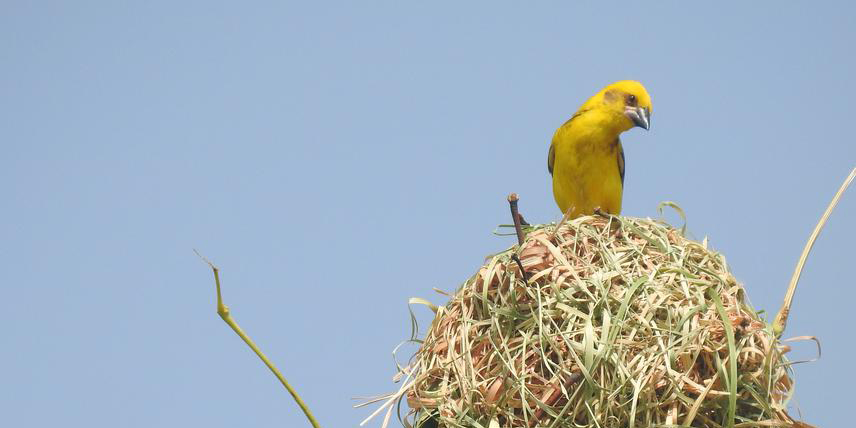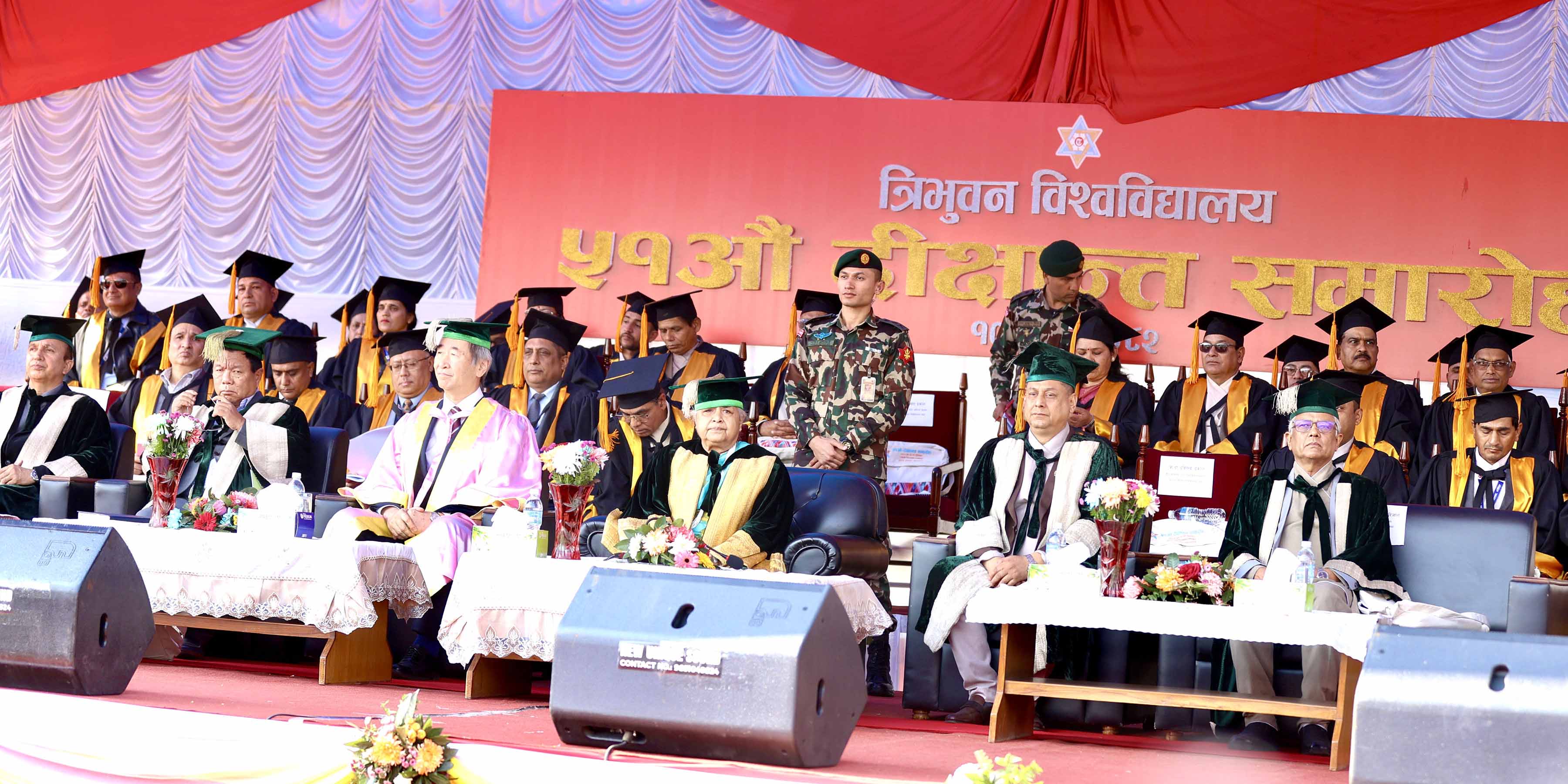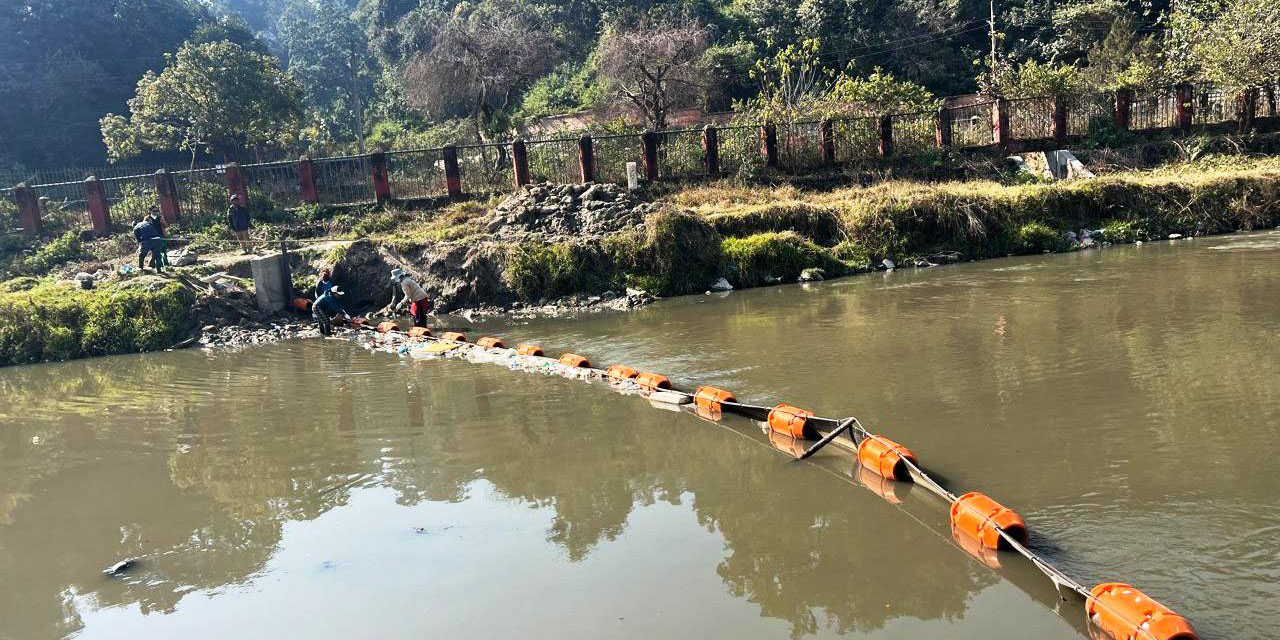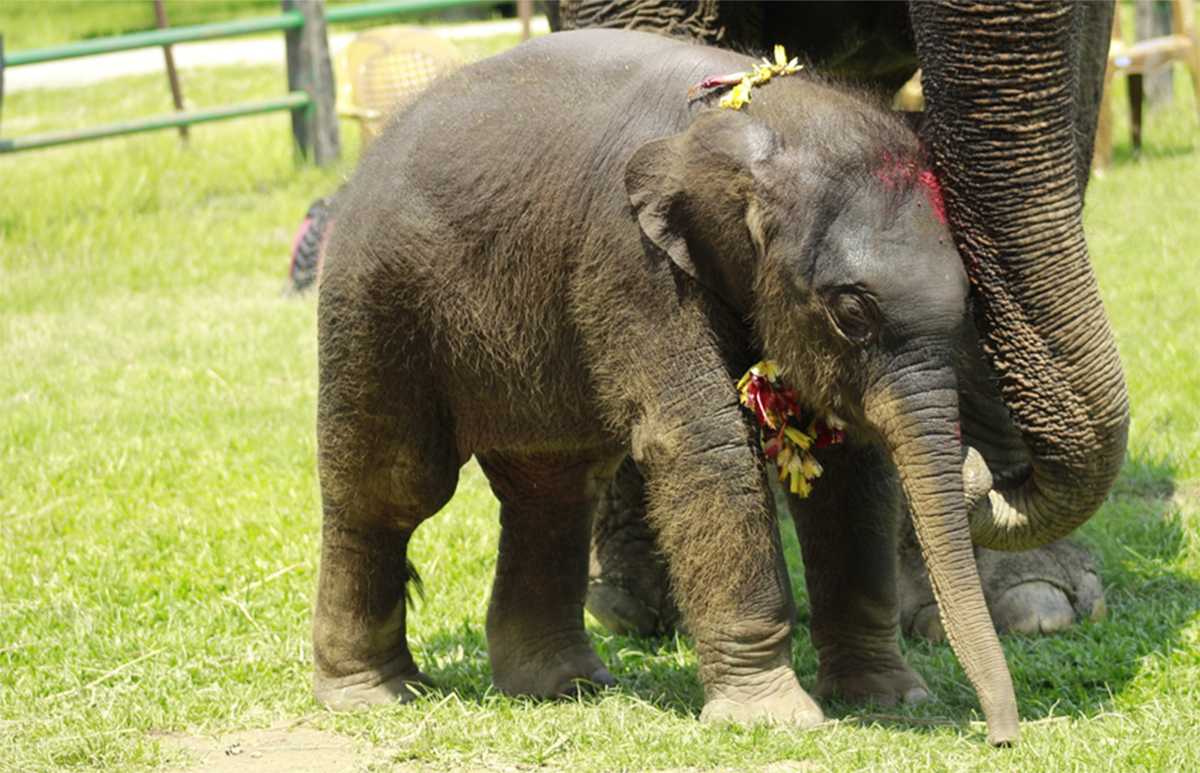 'Sheshchandra Gaj' hangs out with his mother. The calf has been named in honor of Senior Game Scout Shesh Chandra Chaudhary who was gunned down by poachers. Photo Courtesy: Dr Baburam Lamichhane
'Sheshchandra Gaj' hangs out with his mother. The calf has been named in honor of Senior Game Scout Shesh Chandra Chaudhary who was gunned down by poachers. Photo Courtesy: Dr Baburam Lamichhane
KATHMANDU: If asked which elephant has terrorized Chitwan and surrounding areas the most, many will say ‘Dhrube.’ Dhrube’s reign of terror began in 2012 and lasted for three years.
Dhrube quickly became a notorious ‘celebrity,’ capturing significant media attention. Although the male wild elephant is not much active in recent times, people continue to discuss the devastating impact it had on lives and properties. However, the origin of the name ‘Dhrube’ remains largely unknown to many.
“The elephant was named ‘Dhrube’ after it launched an attack on a security check post at Dhruba Ghat situated on the banks of the Rapti River. Since that was the first time an elephant had attacked a national park check post, conservation workers started to call the pachyderm ‘Dhrube’,” Lal Bahadur Bhandari, who served as the assistant chief conservation officer of Chitwan National Park (CNP) at the time, said.
The elephant claimed the life of Nepal Army (NA) soldier Riddhibir Dong who was stationed at the check post at that time. Bhandari said some had even suggested naming the elephant ‘Riddhibir’ in honor of the fallen soldier.
‘Ronaldo’ is another popular elephant in Chitwan National Park. The elephant gained recognition during the 2002 FIFA World Cup, a time when the Brazilian striker Ronaldo was dominating the sport. “The footballer Ronaldo could score from anywhere on the field. Similarly, this elephant had the ability to cover a large area of the national park in search of females. That’s why we named him ‘Ronaldo’,” Budhan Chaudhary, the former chief of CNP’s elephant stable, locally known as Hattisar’, said.
According to Dr. Kamal Prasad Gaire, former chief veterinary technician of Chitwan National Park (CNP), elephants are often given names inspired by popular personalities. Not just names of popular personalities, elephants are also named after renowned places. For instance, there was a male elephant that would frequent the Govindapur area of Chitwan. It was aptly named ‘Govinde’.
Gaire said elephants are generally named after popular personalities, names of gods and goddesses, and places they frequently visit. The primary purpose behind giving elephants names is to identify and distinguish them from one another, he added.
This naming practice is not limited to the national park alone. Other establishments that own elephants also adopt similar procedures to assign names to these magnificent animals.
A few years ago, an elephant named ‘Kritikali’, belonging to the National Trust for Nature Conservation (NTNC), passed away at the age of 70. Kritikali was named in honor of Kirti Man Tamang, the founding chief of the Tiger Ecology Project implemented by NTNC in Chitwan National Park.
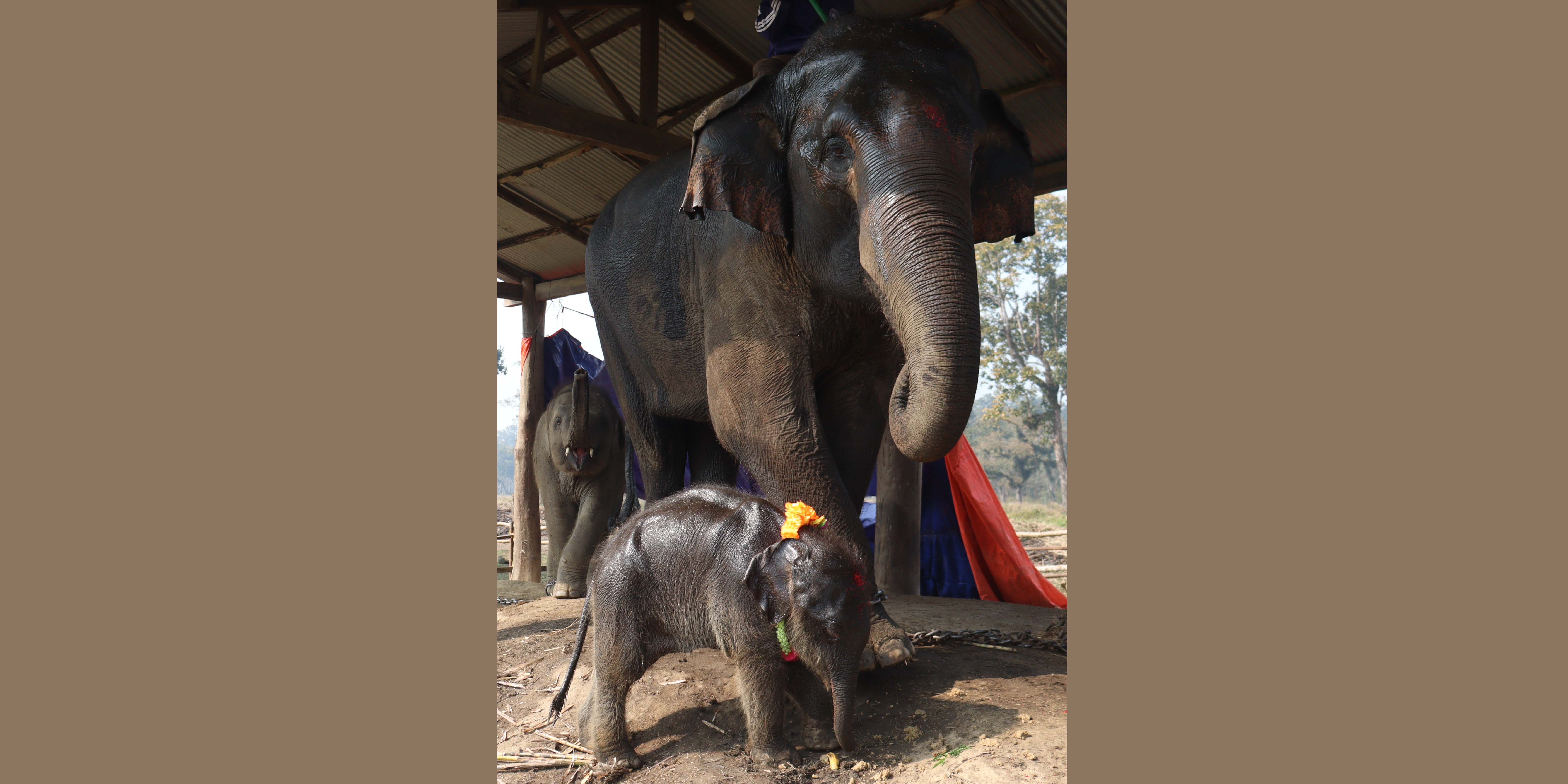
Naming ritual
According to Chaudhary, the former chief of CNP’s elephant stable, the naming process for elephant calves involves consultation with priests. Once the calves reach 12 days of age, they consult with the priests who select an alphabet based on birth time and date. The calves are then named using a name that begins with the chosen alphabet.
The first priority in naming the calves is to use the names of gods and goddesses. If any of the selected names match with the names of existing elephants, then the calves are named after respected personalities involved in conservation efforts.
Why do elephants need to be named?
According to elephant expert Narendra Man Pradhan, elephants need to be given definite names for identification purposes.
Since elephants in government stables are allotted ration by the government, a definite name is needed for documentation purposes.
“It is mandatory for elephants under government offices to have a definite name,” added Pradhan.


